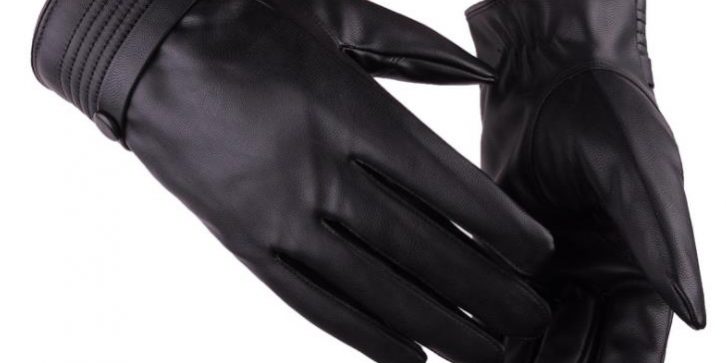Leather gloves have a rich history that spans centuries and reflects the evolution of fashion and style. Let’s take a journey through time to explore how leather gloves have evolved over the ages:
- Medieval Elegance: In medieval times, leather gloves were a symbol of wealth and status. Adorned with intricate embroidery and decorative elements, gloves were considered a luxury accessory worn by royalty and the nobility.
- Renaissance and Baroque Opulence: During the Renaissance and Baroque eras, leather gloves became an integral part of fashion for both men and women. Gloves were often made from soft and delicate leather, embellished with lace, jewels, and embroidery, showcasing opulence and refinement.
- Victorian Sophistication: In the Victorian era, gloves became an essential fashion accessory for women, particularly in formal settings. Long gloves made from fine leather were worn to social events and opera performances, embodying elegance and grace.
- The Golden Age of Motoring: With the rise of automobiles in the early 20th century, leather driving gloves gained popularity. These gloves were designed to provide a comfortable grip on steering wheels while exuding sophistication and style.
- Hollywood Glamour: In the mid-20th century, leather gloves became synonymous with Hollywood glamour. Iconic movie stars like Audrey Hepburn and Grace Kelly frequently adorned their outfits with chic leather gloves, inspiring a trend that transcended the silver screen.
- Modern Revival: In recent years, leather gloves have experienced a revival in fashion trends. Contemporary designers have reimagined classic styles, adding modern touches to create versatile and timeless accessories.
- A Symbol of Timeless Style: Today, leather gloves continue to be cherished for their timeless style and practicality. From casual chic to formal elegance, leather gloves complement a wide range of outfits, making them a beloved fashion choice for both men and women.
Leather gloves have journeyed through history, leaving an indelible mark on fashion and culture. Their enduring allure and ability to adapt to changing times demonstrate their significance as a classic and timeless accessory.



















